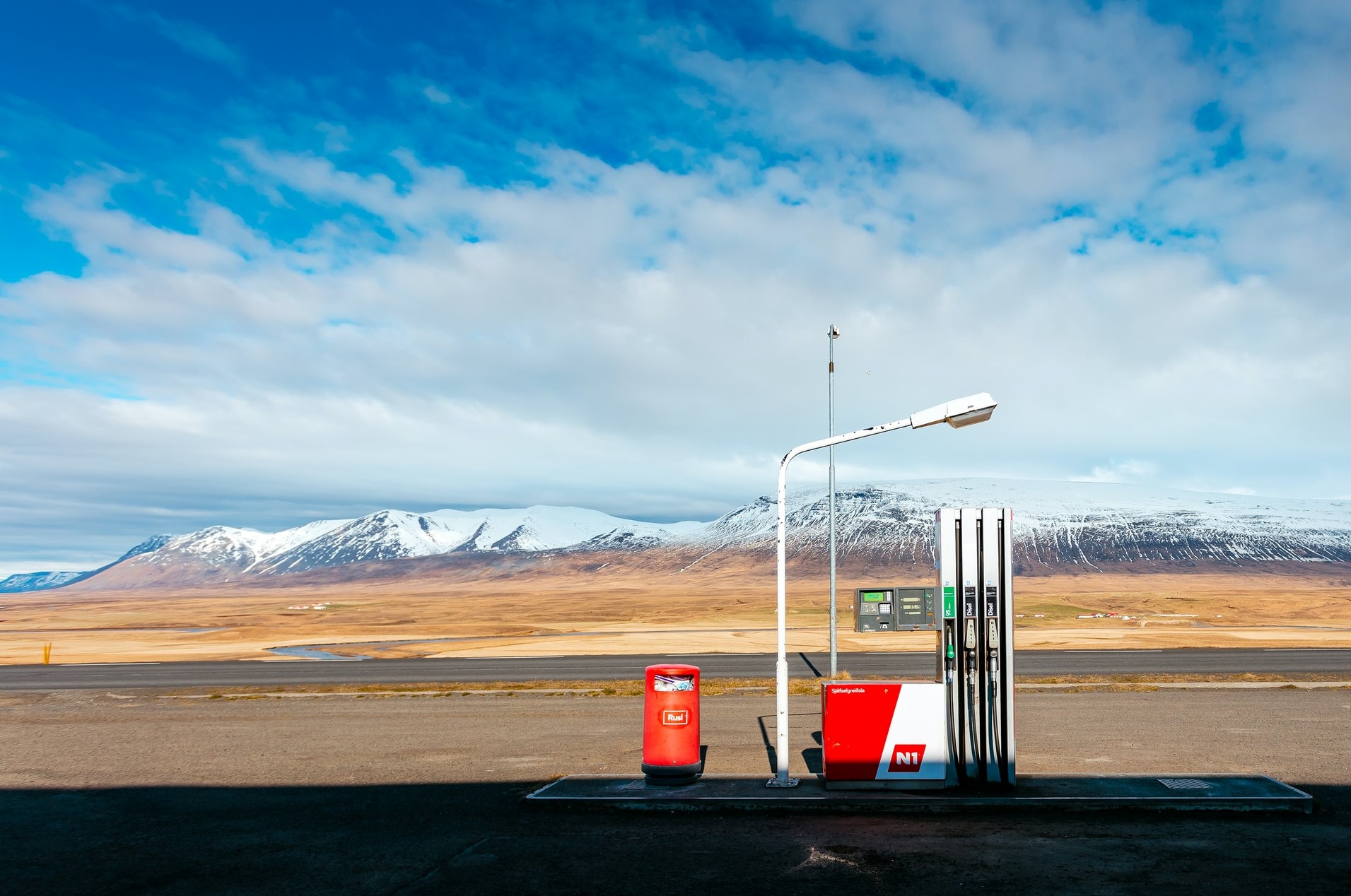Along with the construction and manufacturing sectors, transport is still a top priority for decarbonisation strategies. According to the World Resource institute’s data for 2020, cars (including public transport), ships and aircrafts contribute 16.2% to total emissions, with aviation and naval transport responsible for 3.6%. The alarming fact, though, is that in many countries, in particular Europe, China and the US, most of the emission increase is due to road transport. According to many experts, the solution is a rapid transition to electric transport (currently 1.5% of the whole vehicle fleet) and elimination of diesel and petrol engines (in France it will happen in 2040, in Sweden already by 2030 and in California by 2035) along with the use of a series of alternative fuels. The European Union has already set the target envisaging the use of 14% of renewable energy in transport by 2030. Biofuels that may be derived from food or forage crops (with a 7% ceiling), from animal fats and used cooking oil (1.7% threshold) or from agricultural residue and urban solid waste (1.7% as production baseline) are hidden behind such objective. The alternative fuels list, though, include fuels such as hydrogen (H2), liquefied natural gas (LNG) and compressed natural gas (CNG), including waste-derived biomethane. While underappreciated by environmentalists, gas is still on the table as an option as transition fuel, playing an increasing role mainly for haulage transport. But, as Rudi Bressa says in his in-depth scenario article, a mix of hydrogen, ammonia-based synthetic fuels and advanced biofuels, could make such option negligible.
The hydrogen boom
The hydrogen boom, instead, comes as a surprise after years of impasse and, despite its use in public transport, in 2020 it is attracting a potential sharp rise in investments, supported also by initiatives sent by single member States to the EU Commission to receive funds as envisaged by the Next Generation EU package. According to the International Renewable Energy Agency (IRENA), by 2050, 6% of global energy end consumption could be met by clean hydrogen. As Maurizio Bongioanni explains, many carmakers are introducing hydrogen-powered cars, although the real challenge is between blue hydrogen, produced from fossil fuels and from the exploitation of CCS systems to offset emissions and green hydrogen from renewable sources, although at the moment they are entirely exploited for power generation but at a very high cost.
The Biofuels’ advantage
Biofuels’ true advantage is that they capture CO2 via a process of biomass growth. Such carbon dioxide is released during the combustion process. This should not interfere, though, with food markets (as it happened with first-generation biofuels) or it does not lead to large-scale deforestation as it is happening in Brazil and as aptly explained in the enquiry by Elisabetta Tola, special guest in this issue of Renewable Matter.
Companies such as Nextchem or Neste are innovating and making production and biorefining processes ever more efficient. The future of such solutions will heavily rely, at international level, on international and national regulatory mechanisms. Some countries will be able to grab the opportunity and become leaders in key technologies for energy transition (hydrogen?), others will get bogged down in technologies doomed to rapidly fall, especially if innovations in the power industry lead to a cost reduction of batteries while making end-of-life processes of components used in the process, circular. Over the next decade, we will have to face a challenge to the last drop of biofuel.
Download and read the Renewable Matter issue #34 about biofuels.



